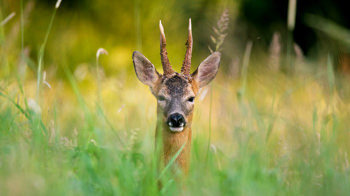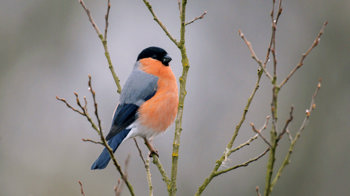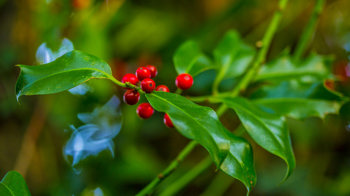Size:
53.70 ha (132.69 acres)
Grid reference:
SU165889
Map reference:
Explorer 169
OS Landranger 173













































